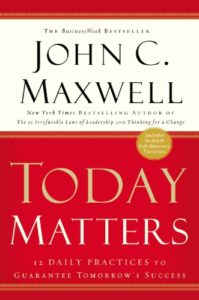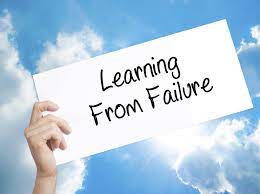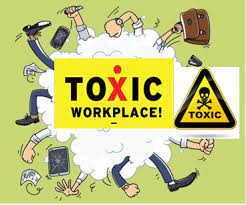
Who you attract isn’t determined by what you want. It’s determined by who you are. – John Maxwell
A quick toxic workplace culture Google search netted more than 43 million results. To say that toxic workplace cultures are not prevalent would be grossly inaccurate.
What is a toxic workplace culture? How do you know if you are in one? What can be done about it? These are more than just curious questions. For far too many, these are some of the most relevant questions many in the workforce want answers to.
A good working definition comes from a post at CareerPlug. They define a toxic work environment as a “workplace where a negative atmosphere caused by coworkers, supervisors, and/or company culture makes it difficult to work or progress in a job.” In the same survey, 87% of respondents, when asked, said they had experienced such an environment.
My purpose here is not to throw around too many statistics and figures. That toxic workplace cultures exists speaks for itself. But I will sparingly use some for the sake of context.
Writing in Forbes, Bryan Robinson, author of Chained To The Desk In A Hybrid World says, “More than 90% of North American CEOs and CFOs believe that improving their corporate culture would benefit financial performance. Although most leaders acknowledge that their organization’s culture is not as healthy as it should be, many don’t know where to start (emphasis mine). But time is running out.”
This admission of not knowing where to start is a telling revelation as it relates to leadership. Knowing that there is a problem does not translate into being able to do something about it. When/if leadership is paralyzed by the inability to act in a decisive way, the people - the culture, suffer. Click To TweetAnd what’s troubling about this is, people in the organization are not waiting around for things to improve. Employees who are tired of waiting are moving on. Can you blame them?
My leadership mentor, John Maxwell says, “Everything rises and falls on leadership”. And as it pertains to toxic workplace cultures, the absence of engaged leadership creates a void (intentionally or by default) that must be filled. And unfortunately, this is the root of many toxic workplace origins – not exclusively, but certainly a strong contributing factor.
So what’s the starting place for leaders? In part one of this series, I believe the focus has to be on those in leadership. Here are some starting points for consideration.
Leaders must define the culture
Simon Sinek says, “Corporate culture matters. How management chooses to treat its people impacts everything – for better or for worse.” And this is where leaders must step up. The type of culture you want is determined by who you are. The creation of your corporate culture begins with the leader and expands from there. In order to build a of culture of excellence, integrity, loyalty, passion, etc. it first must reside in the leader. This is where it must begin. The absence of these qualities in the leader will produce the absence of them in the organization. From there, the leader sets the tone in words and in actions. Again, who you attract isn’t determined by what you want. It’s determined by who you are.
Leaders must defend the culture
It’s just not enough to point out the values that you say define your culture. You must live it and breathe it, and ultimately, you must defend it. So how does a toxic culture evolve in an organization? It happens when the leader phones it in and believes that because the values and mission statements are written in a dusty policy handbook the job is done.
Your company culture and workplace must be defined and defended by those in leadership. And this means holding yourself and others accountable for it. Without this safeguard, you are on a slippery slope. As a leader, you must fight for your culture.
©2023 Doug Dickerson
- Next week I will look at specific things leaders can do to enhance employee engagement and put a stop to toxic workplace cultures.
- Read more about employee engagement and workplace culture in my book: Employee Engagement -Creating Space for Engaged Employees and Healthy Culture Click here to order my book on Amazon
- For more information about employee engagement and workplace culture workshops, email me at: [email protected]



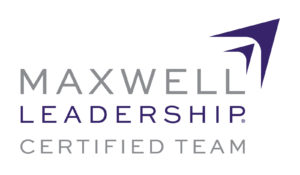

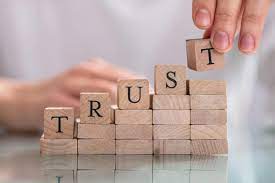

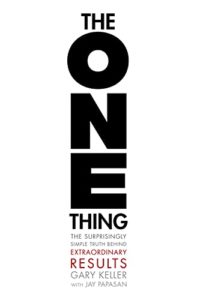 important, everything seems equal. We become active and busy but this doesn’t actually move us any closer to success. Activity is often unrelated to productivity, and busyness rarely takes care of business.” And this is such a necessary thing to learn in leadership.
important, everything seems equal. We become active and busy but this doesn’t actually move us any closer to success. Activity is often unrelated to productivity, and busyness rarely takes care of business.” And this is such a necessary thing to learn in leadership.